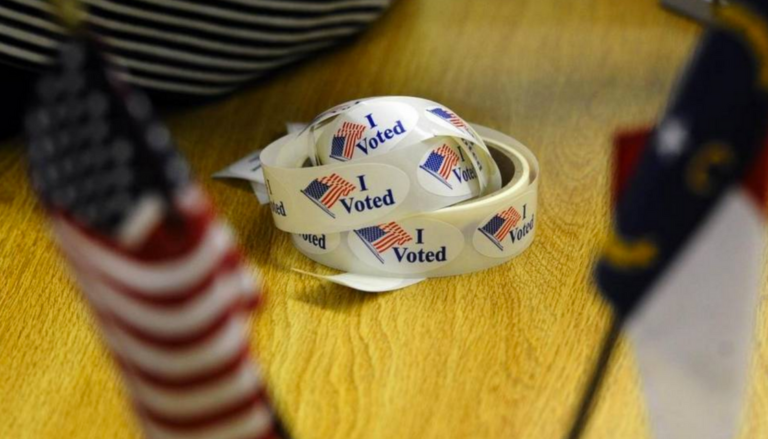North Carolina’s Canvass Process and “Day of Canvass”
The post-election “canvass” process occurs after every election. Canvass is the entire process of ensuring votes have been counted correctly and required audits have been completed, culminating in the certification of results during meetings of every county board of elections.
The “Day of Canvass” is when the county board of elections compiles election results from all precincts and makes the official report of the outcome of the election within the county. The board meets at 11 a.m. on the 10th day after every election held on the same day as a general election in November of the even-numbered year, and at 11 a.m. on the seventh day after every other election, to complete the canvass of votes cast and authenticate the count in every ballot type in the county by determining that the votes have been counted correctly. In most cases, the canvass meeting is held at the county board of elections office. N.C.G.S. § 163-182.5.
Following the county canvass, the state board approves the official election results.
To conduct the canvass, the county board examines the returns from precincts, including:
- absentee official ballots,
- sample hand-to-eye paper ballot counts, and
- provisional ballots.

While North Carolina's process of compiling election results begins at individual voting precincts after the polls close on election night, the "canvass" process continues when the county board of elections compiles election results from all precincts and makes the official report of the outcome of the election within the county.
All Valid Ballots Must Be Counted. During the post-election period, county boards also conduct research to determine whether to wholly or partially count provisional ballots. All provisional ballots casted are counted during the canvass process. N.C.G.S. § 163-182.2. The post-election period ensures that the ballots of voters will be counted as long as they meet statutory deadlines and comply with all other laws. This allows more registered voters to lawfully exercise their right to vote.
Results Are Audited. After each election, the State Board randomly selects two precincts in every county, where paper ballots must be counted by hand for the highest contest on the ballot – such as the presidential race in 2020 or the US Senate race in 2022 – and compared with the tabulated results. Called the “sample hand-to-eye count,” this audit recounts the ballots in the random precincts to ensure reliability of machine-tabulated results. Bipartisan teams at county boards of elections have been conducting these audits during the past week. The State Board of Elections conducts additional audits to verify the accuracy of the count. The results of all audits will be submitted to the State Board as part of the final certification of the election. For more information, see the Post-Election Procedures and Audits webpage.
In 2020 and 2022, Democracy North Carolina and our partners deployed hundreds of volunteer “canvass monitors” to key counties to observe the count and that every valid vote is counted.
Elections Advocacy County Board of Elections (CBOE) + Canvass Training
This training, in partnership with the Southern Coalition for Social Justice and Common Cause North Carolina, covers how to document Pre-Canvass and Canvass Meetings at your local CBOEs, the process for deciding early voting plans, and how to mobilize around advocating for pro-voter policies